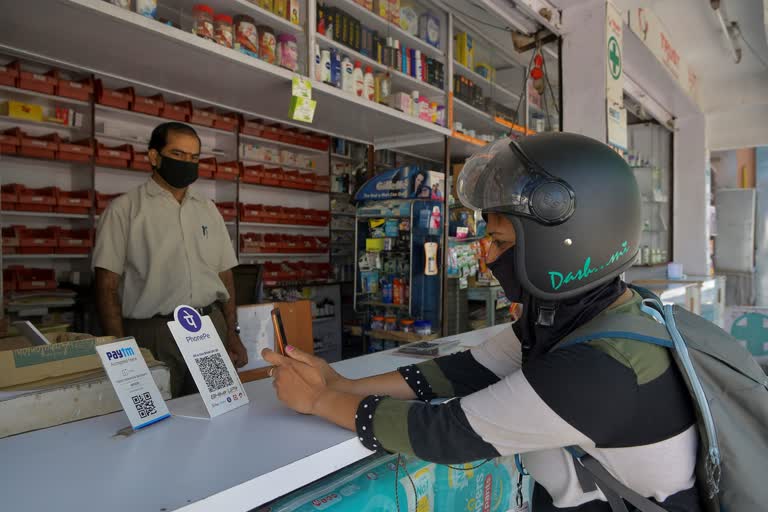The use of mobile wallets, credit/debit cards, and UPI has significantly increased recently for online payments. Even though digital payments have various merits as compared to cash payments, the risks associated with it should not be undermined. One of the major concerns that pops up in mind while talking about online transactions is security. The surge in digital payments has also increased the risk of cyber frauds and data leaks.
Below are the five things you should keep in mind while dealing with digital payments.
1.Use only trustworthy payment apps
While using wallet apps, one has to link their bank account and card details for making the transactions. Hence, it becomes vital to ensure that you are using a trusted app. Using a trusted and widely accepted payment app can lower the risk of any breach in financial credentials since they have an assured security and encryption. Best way to recognise authentic apps is to check if they are verified by Google Play Store’s Play Protect. In case of Apple apps, you need to read the privacy label carefully to know how the app uses your data.
2. Have strong passwords on payment apps and update them regularly
While dealing with digital transactions, convenience of remembering easy passwords should be the last thing on your mind. Your password should be complex and shouldn’t include your name, DOB or anything directly related to you. Having a complex and strong password lowers the risk of it being deciphered by the fraudsters. In addition to this, you also need to update your passwords regularly on a weekly or a monthly basis for a better protection against cyber thefts.
3. Avoid using public computers/networks for payment purposes
Transactions made on public networks are highly unsafe as public computers are more prone to cyber-attacks and frauds. Moreover, public networks are not secured by any password or PIN and any device in the vicinity can access these networks very easily. Thus, you should avoid making online transactions over public computers or networks.
